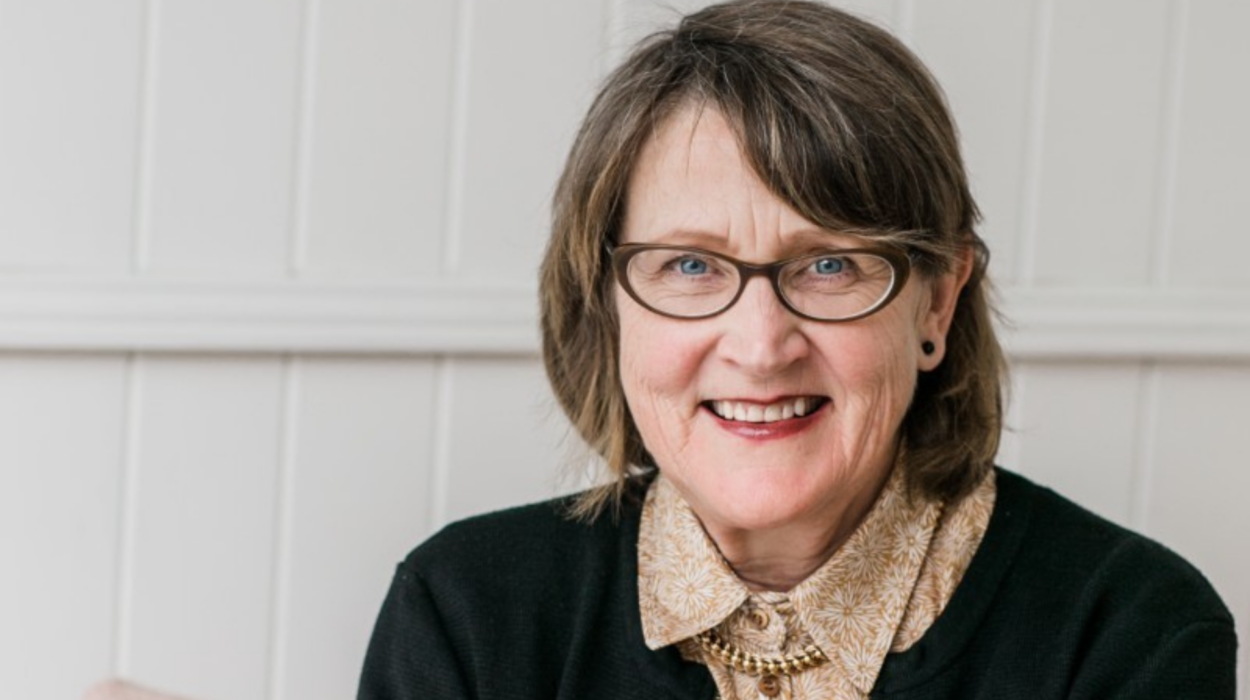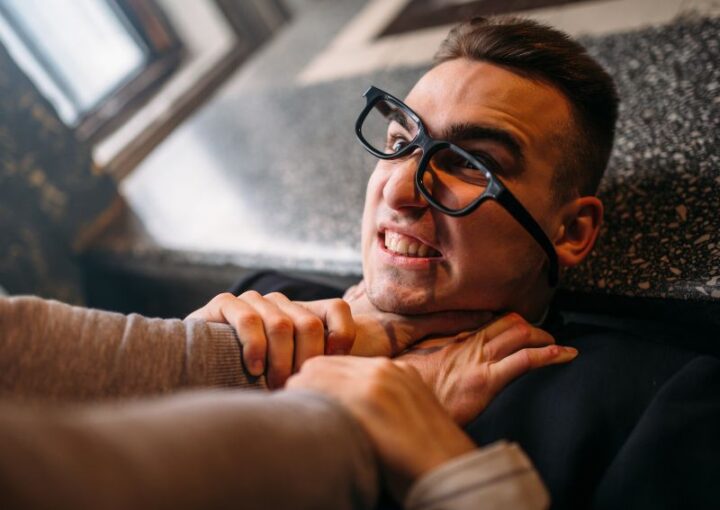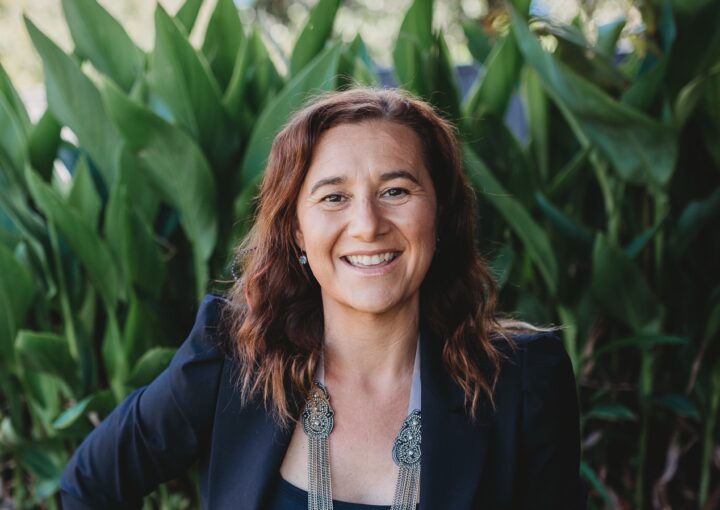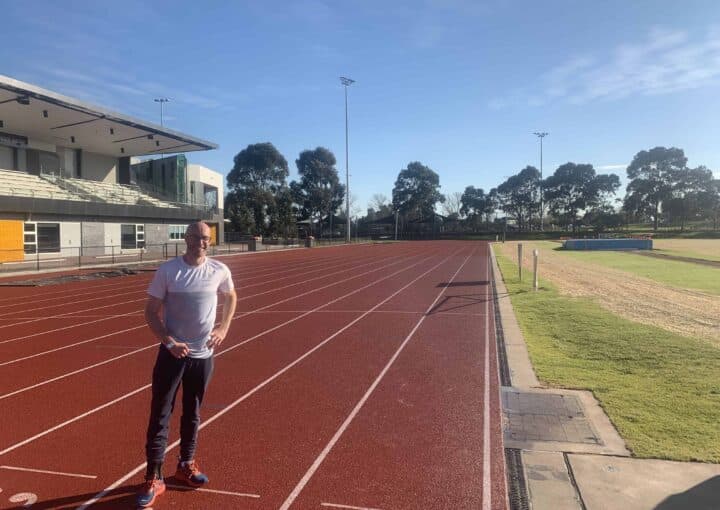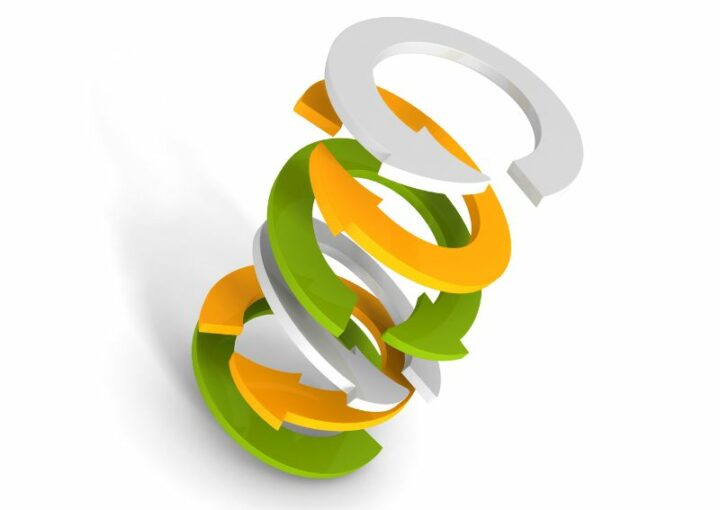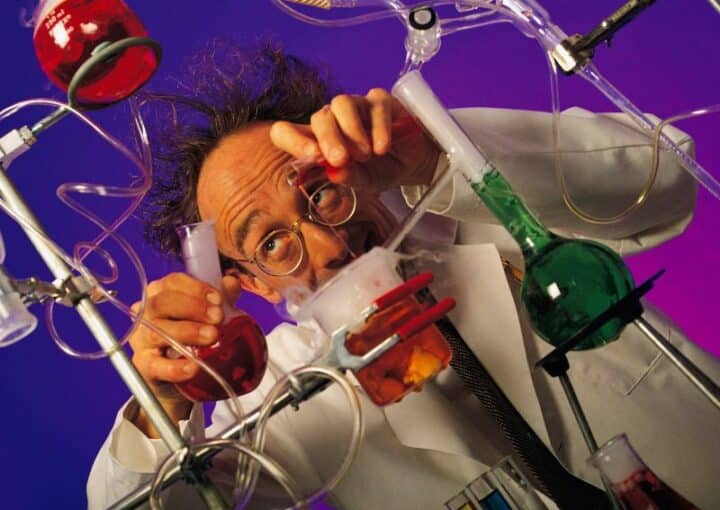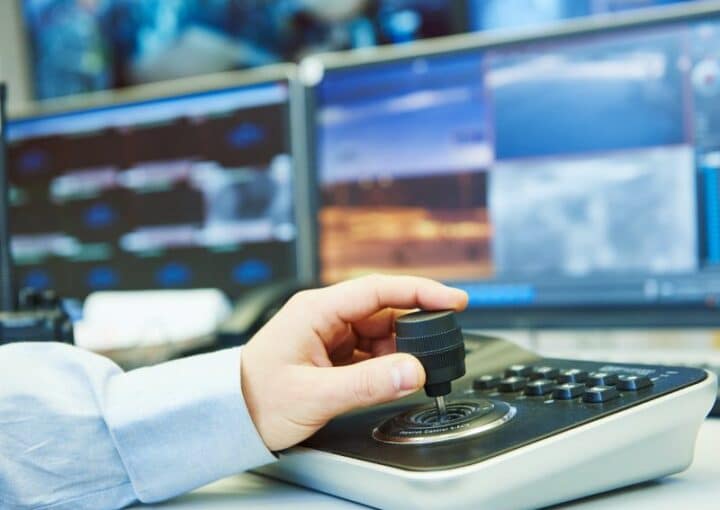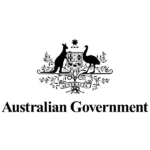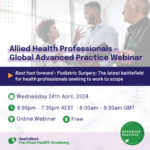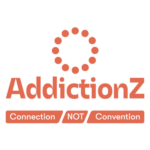

Who Owns Healthcare Work? The Complex Terrain of Professional Role Boundaries and “Who Does it Better?”

Aboriginal and Torres Strait Islander Health Workers and Health Practitioners – The A to Z of Allied Health

How The Allied Health Rural Generalist Pathway Is Solving Rural and Remote Health Workforce Shortages

Implementing the Allied Health Rural Generalist Pathway: A Discussion With SARRAH CEO Catherine Maloney

Establishing an Allied Health Assistant National Association Ltd (AHANA) in Australia – Consultation

A newsletter published by allied health professionals for allied health professionals.
Receive thought-provoking and incisive commentary relevant to your profession and health care sector each week, written by your peers and leading allied health researchers, as well as community notices, job offers, reviews and recommended articles.




